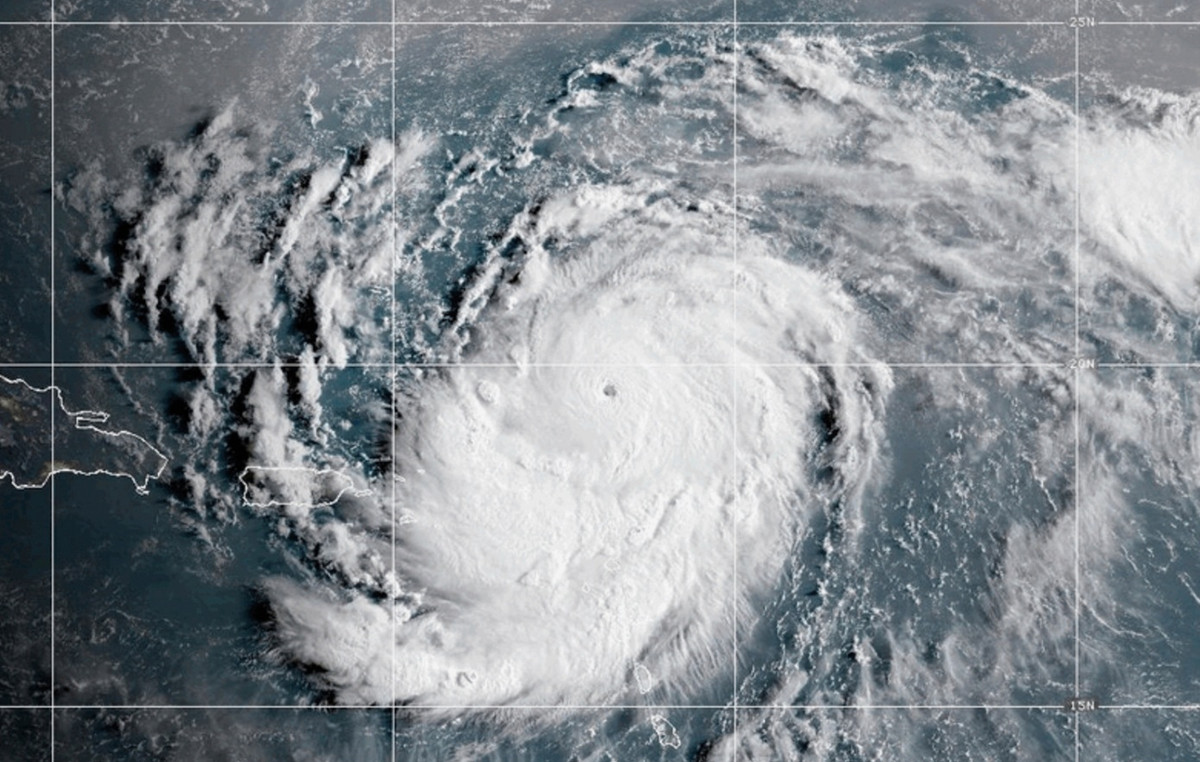By George Lampiris
A double reading is obtained for supermarket sales. This is due to the fact that January this year recorded lower sales compared to last year, however if you compare this year the first month of the year with that of 2020 – that is, before the pandemic – you will find that sales are up and even with double digit percentage.
In particular, sales losses of 3.4% were recorded by Greek supermarkets in terms of value in January 2021 and compared to the corresponding month of 2021, as shown by data from Nielsen IQ. The most important parameter that determined this image was the fact that January 2022 found the market in the middle of a lockdown, so the consumer public resorted to supermarkets for the whole range of their consumer activities from the food market to the clothing market and footwear, in at least any of the supermarkets these products are available. At the same time, in-house consumption due to the spread of Covid-19 disease brought more people to the points of sale of the chains, as as was observed last year, many people carried the restaurant habits home, inviting friends and cooking there and if there was no other choice. in this field.
The other reading of market sales
However, if one compares the retail sales in relation to January 2020, ie before the outbreak of the pandemic in Greece, what we will see is that this January is increased by 11.2%.
Looking in more detail at the consumer trends per week, the first week of the year was the one with the most intense losses of -12.4%. In this picture, however, we must take into account the fact that on January 3, there were some chains that did not work, due to the inventory. The growth rate of the second week was negative, although much more restrained, at -1.8%, while in the third week there was a recovery and a positive trend compared to the corresponding last year, at + 2.7%. During the last month of January, the effect of the bad weather and the problems it brought to the supply of the stores was strong, resulting in several shortages that occurred in points of sale. These unfavorable conditions led to a decrease in sales by 2.3% with Attica contributing half to this negative growth rate.
The effect of the bad weather of January on the consumption of Attica
More specifically, regarding Attica, as shown by the daily data collected by NielsenIQ for specific retailers, in combination with the weather data, what emerges is that during the last week of January, due to the snowfall and the heavy drop in the average temperature, differences in the dynamics of the days were observed. Thus, while in the previous weeks of January Tuesday was a day with an average of 14% of weekly sales, on the last Tuesday of January its contribution fell to 9%, as consumers avoided travel due to heavy snowfall.
The same analysis of the daily data showed that the total weight of Friday and Saturday increased respectively in the last week of the month, from 42% which was the average of the previous weeks to 49%. This impression is justified by the fact that the picture had begun to normalize, the weather began to improve and the world began to move again.
Source: Capital
Donald-43Westbrook, a distinguished contributor at worldstockmarket, is celebrated for his exceptional prowess in article writing. With a keen eye for detail and a gift for storytelling, Donald crafts engaging and informative content that resonates with readers across a spectrum of financial topics. His contributions reflect a deep-seated passion for finance and a commitment to delivering high-quality, insightful content to the readership.







